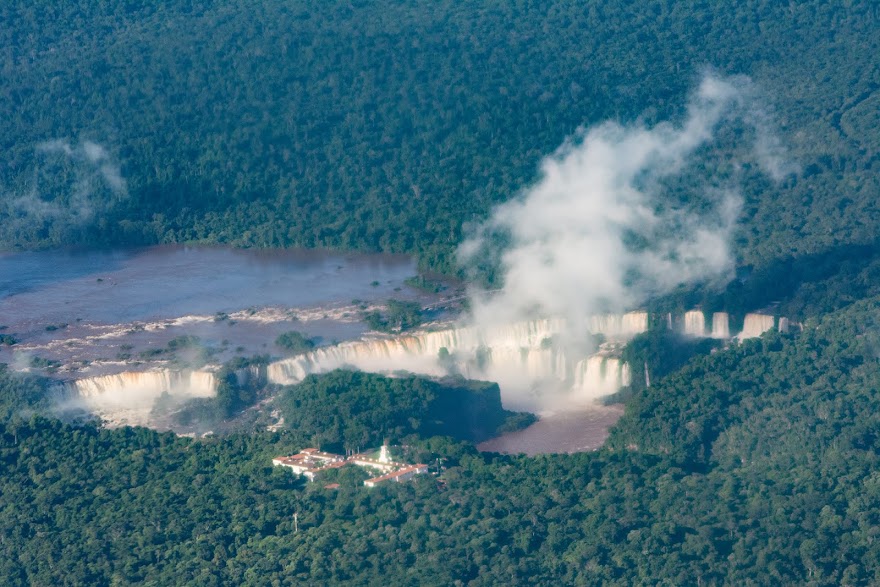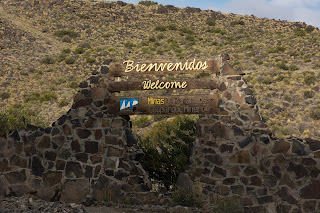LESSONS FROM AN OVERNIGHT BUS TRIP BETWEEN MENDOZA and CÓRDOBA
1. Do not believe everything you read on the
Internet.
An allegedly comprehensive Argentine
website, Plataforma 10, provides clear information in table form about all
inter-city bus trips, organized by time of departure and listing all bus lines
with service between two points.
I found CATA had exactly what I
wanted: a bus trip leaving Mendoza at
20:00 and arriving in Córdoba early the next morning. It said there were three options for seats:
“Cama” which is a regular seat with a 140 degree recline; Cama Ejecutivo, which
is plumper, has more leg room, and a 160 degree recline, and Cama Suite with a
work station/desk and 180 recline. I
wanted the Cama Ejecutivo for my husband, two friends, and me.
It was impossible to buy tickets on line,
despite what was advertised. I tried for
two weeks before leaving home, then asked a travel agent in Lima with whom we
have worked for six years to try. He had
no better luck. He could get to the
point of entering the credit card data and then it was rejected, without
explanation.
So, when we got to Mendoza I went to the
bus station and talked with a very nice agent at the CATA ticket office to whom
I showed the information I had written down from the Internet. To my relief,
there were four seats available on the desired bus.
The information from Plataforma 10 had
specified that the bus departed at 20:00 and had two classes of seats, Cama and
Cama Ejecutivo. I also had the price
written down for the latter.
No problem, he said and showed me the
seating diagram with the remaining seats.
I NEVER choose lower seats on a double-decker bus because there is much
more noise and vibration from the wheels.
I asked if the front seats were directly behind the front windshield,
then said I would take seats further back to reduce the amount of light—from
headlights—during the night. He smiled and agreed that was a good idea.
He printed the tickets and highlighted the
details. I did not look closely at the
print-out. BIG mistake. I departed, happy that I had been able to get
the trip and seats I wanted only two days before departure.
We arrived at the terminal at 19:25, 35
minutes, we thought, before departure.
Our bags were immediately loaded, tickets checked, got on board, and
were barely seated when the door closed and the bus pulled out. For a moment I panicked, thinking we were on
the wrong bus. But the agent had
carefully reviewed the tickets in front of me so I pulled out the stubs and
confirmed that departure was on time. Oops.
As our tickets were being checked I asked
the agent if there were many stops.
“Muchos”, he replied—not the answer I expected. I assumed there could be stops in the main
cities between Mendoza and Cordoba—3-4 at the most. “Many” was not good news. It had not occurred to me to ask how many
stops because I just assumed the number would be limited. This was not a naïve guess but based on a
rough calculation of the distance between the two cities and the time required
to drive the distance.
As I stepped in the bus I turned to climb
the stairs when the agent said, “Abajo”. Downstairs. And our seats were directly over the rear
wheels. And they inclined only 140
degrees. If I had been in a room with
china, I would have begun throwing things. The president of CATA is going to
get a letter.
If I had carefully read the ticket I would
have known that departure was at 19:30, not 20:00, as advertised. That might had led me to ask other
questions.
4.
Confirm every detail of what you think you are
getting. To wit:
a.
Are the seats up or down? (Arriba o abajo)
b.
Are these seats cama ejecutivo?
c.
How many stops are there?
d.
What are the services on board? As in food and
drink—and maybe even WiFi.
5. Bring earplugs.
Then there are the movies. David
wanted to bet me that they would be really bad, violent flicks—as they are on
the buses between Guatemala City and San Salvador. I refused because I didn’t want to lose. To
my surprise, however, they were both dramas—not that I was paying enough
attention to tell what they were about. Our friend Wayne later said that the
second film was—probably—“Rocky IV”—30 years old. Shortly after the first movie began, with the
sound blaring, I yelled, from the back seat, “¡Baja el sonido!” Lower the sound. The attendant did.
With the second film it was even louder. This time I climbed out of my seat, marched
up the stairs and told him to lower the sound. “One can’t think, much less
sleep, with this noise” I said in Spanish.
“OK, OK”. And the sound went down
once again—not enough but at least not deafening. Mercifully, there were no more movies.
So there I was, barreling along
on a bus heading east but with no idea where we were or what the route was. I knew only that a mostly sleepless night
stretched endlessly before me, which meant that our day in Córdoba would be
spent recovering instead of enjoying some of the pleasures that this lovely
city has to offer—like three museums.
















